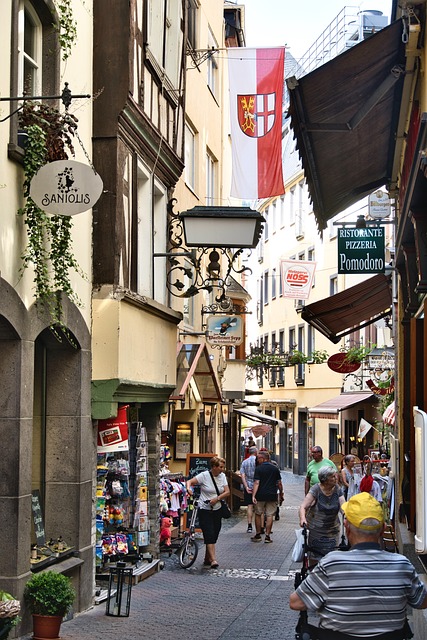Real estate developers and retailers are collaborating to create experiential storefronts that transform traditional shopping. By incorporating technology, creative design, and interactive elements like pop-up events, these immersive spaces enhance brand loyalty and attract customers in a competitive market. Strategic sensory elements engage all five senses, transforming ordinary locations into captivating destinations that foster emotional connections and encourage exploration.
In today’s competitive market, experiential storefronts are revolutionizing retail. The rise of immersive, engaging spaces attracts new customers and fosters memorable brand connections. This article explores real estate strategies behind these innovative stores, delving into sensory engagement as a key driver for success. We’ll examine how businesses leverage their locations to create captivating experiences, transforming traditional shopping into a vibrant, bustling symphony that captivates folks from all walks of life. Discover the art of leveraging real estate to drive customer loyalty and growth.
The Rise of Experiential Storefronts

In recent years, the retail landscape has undergone a significant transformation with the rise of experiential storefronts. This shift from traditional brick-and-mortar shops to immersive, interactive spaces is revolutionizing how consumers engage with brands. Real estate developers and retailers are now prioritizing creating engaging experiences that go beyond simple product displays, leveraging technology and design to captivate customers and foster stronger brand loyalty.
Experiential storefronts offer a unique selling point by inviting shoppers to interact and immerse themselves in the brand’s story. Whether through interactive displays, pop-up events, or themed environments, these spaces encourage longer durations in-store and enhance the overall shopping experience. As competition intensifies in the retail sector, experiential strategies have become essential tools for attracting new customers and differentiating oneself from the crowd in a crowded market.
Real Estate Strategies for Immersive Retail

In the realm of immersive retail, real estate strategies play a pivotal role in luring new customers. Stores that go beyond traditional displays and offer experiential environments are transforming shopping into an engaging journey. This requires thoughtful placement and design of spaces that encourage exploration and interaction. Developers and retailers must consider not just physical layout but also sensory experiences—from visually appealing storefronts to touch-and-feel product interactions—to create a pull factor that draws in potential buyers.
Real estate for immersive retail isn’t merely about lease agreements; it’s about crafting an atmosphere. This involves understanding target demographics and aligning the store’s ambiance with their preferences. Whether it’s a vibrant, bustling environment or a serene, whispering space, the real estate strategy should aim to captivate and retain customers. Unique architectural features, clever use of light and sound, and even strategic placement of seating areas can all contribute to an unforgettable in-store experience, ultimately fostering brand loyalty.
Attracting Customers Through Sensory Engagement

In today’s competitive retail landscape, experiential storefronts are rising in popularity as a powerful tool for attracting new customers. By engaging all five senses, real estate properties transform from mere locations to immersive destinations that draw folks in and keep them captivated. Sensory experiences create an emotional connection with shoppers, fostering a deeper level of interest and investment in the products or services offered.
From visually captivating interiors to enticing scents wafting through the air and strategically placed music, these storefronts offer a multi-dimensional allure. For instance, a clothing store might use soft lighting and soothing melodies to create an inviting atmosphere, encouraging customers to browse and relax. Alternatively, a food market could fill the space with aromatic spices and fresh produce displays, stimulating hunger and curiosity. This strategic sensory engagement ensures that potential clients not only notice the storefront but also have a memorable experience that encourages them to step inside and explore further.






